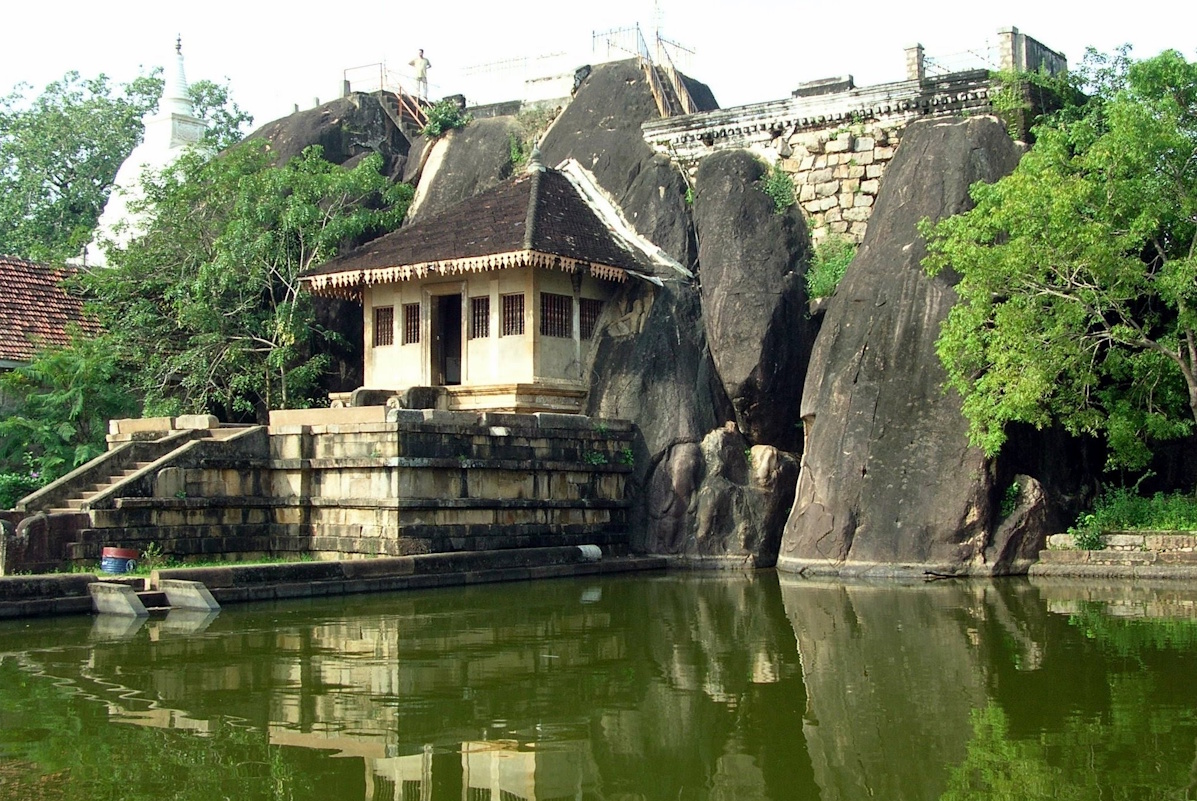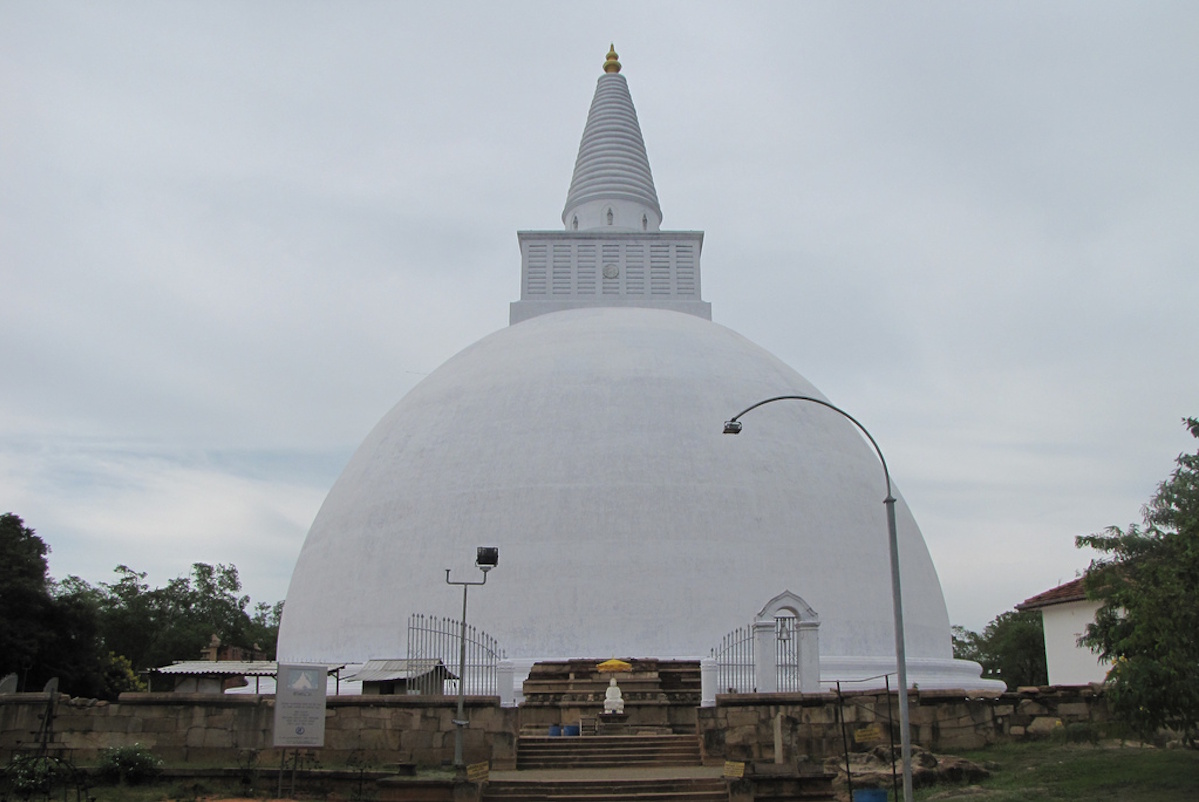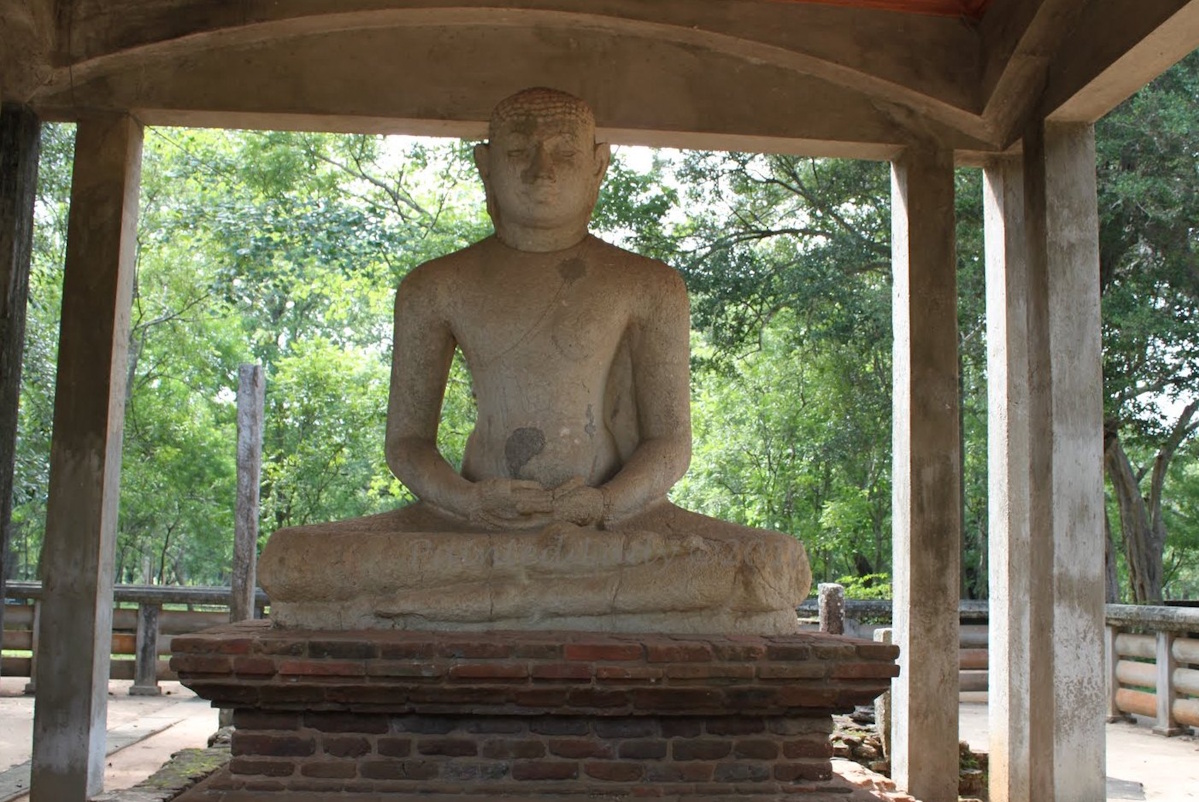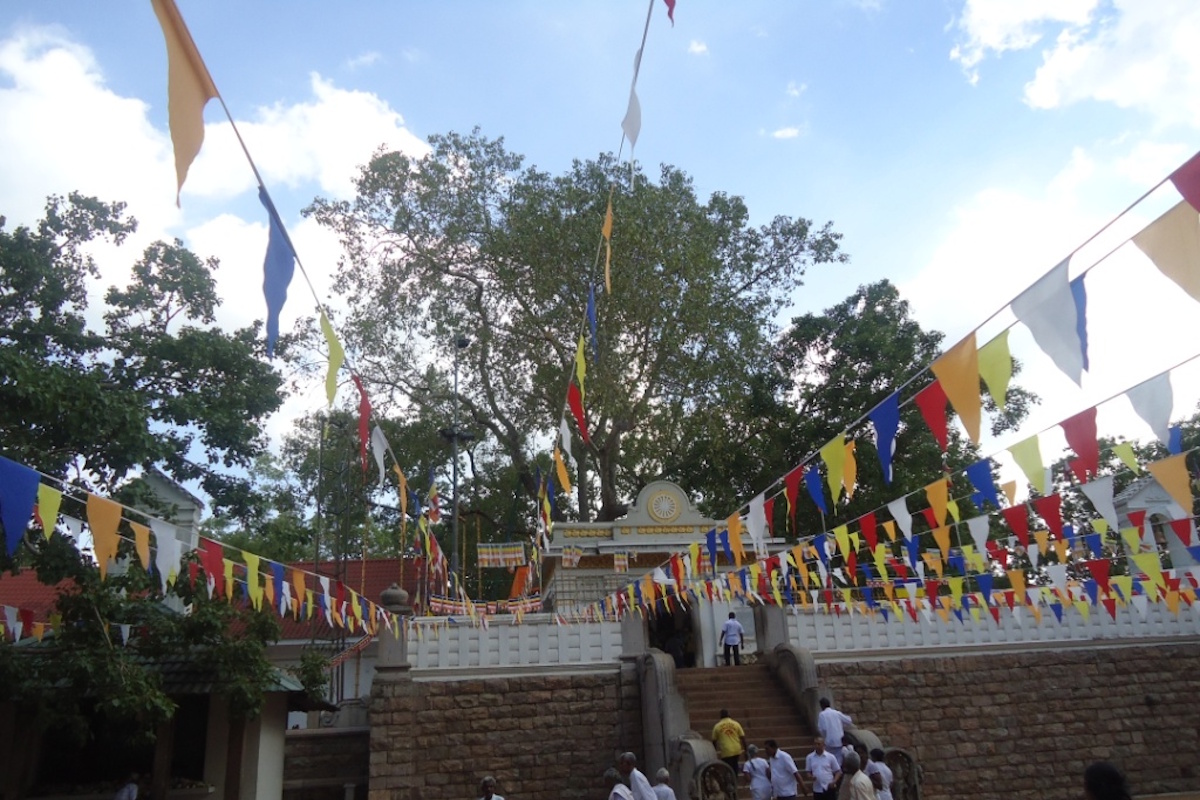Just over forty kilometers from Colombo, bustling Kalutara is the first town you reach travelling south which retains a recognizably separate identity from the capital. It’s one of the west’s largest settlements, but the long stretch of beach north of town remains reasonably unspoilt, dotted with a string of top-end hotels which make a decent first or last stop on a tour of the island, given the town’s relative proximity to the international airport. (although it’s still a tedious two-hour drive by the time you’ve negotiated Colombo).




Kalutara, located about 40 km south of Colombo, is a city with deep Buddhist and colonial roots:
Ancient Times: Known as “Kalatittha” in historical records, it was an important Buddhist learning center and a gateway for pilgrims and traders.
Colonial Era: Portuguese, Dutch, and British powers all controlled Kalutara, each leaving behind architectural and cultural influences.
Religious Significance: The city is home to the Kalutara Bodhiya, a sacred Bo tree said to be one of the 32 saplings of the Jaya Sri Maha Bodhi in Anuradhapura.
Cultural Heritage: Religious landmarks like Kalutara Bodhiya and Gangatilaka Vihara draw pilgrims and tourists alike.
Proximity to Colombo: Its location near the capital made it a convenient weekend escape.
Beach and River Fusion: Where the Kalu Ganga river meets the sea, Kalutara offers both beachfront and riverside experiences.
Luxury Resorts: The growth of resorts and spas along the coastline has attracted wellness tourists and honeymooners.
Craft Tourism: Basketware and local handcrafts became part of the visitor experience.
Kalutara today is a coastal city that blends spirituality with tourism:
While it retains its cultural and religious identity, Kalutara is increasingly popular for beach resorts, luxury hotels, and riverside getaways.
It’s also a key center for basket weaving and handicrafts, especially along the main road leading to the south.
Geography: Bordered by the Indian Ocean to the west and the Kalu Ganga River, Kalutara offers lush scenery and estuarine beauty.
Climate: Warm tropical climate year-round with average temperatures of 26–31°C. Best visited from December to April.
Kalutara Bodhiya – A sacred site and prominent Buddhist shrine near the town bridge.
Gangatilaka Vihara – A unique hollow stupa with murals narrating the life of Buddha.
Kalutara Beach – A serene coastline ideal for sunbathing and evening strolls.
Richmond Castle – A charming colonial mansion surrounded by gardens and legends.
Thudugala Waterfall – A scenic natural attraction hidden in the nearby countryside.
Basket Weaving Villages – Visit craft shops showcasing Kalutara’s iconic woven goods.
Kalutara Bridge Viewpoint – Offers picturesque views of the town and river.
Kalu Ganga River Cruises – Tranquil boat rides for birdwatching and nature exploration.
Local Food & Sweets – Try traditional “Kalutara Dodol,” a popular coconut-based sweet.
Tsunami Memorial Sites – Monuments and preserved areas honoring victims of the 2004 disaster.

Subscribe to see secret deals prices drop the moment you sign up!